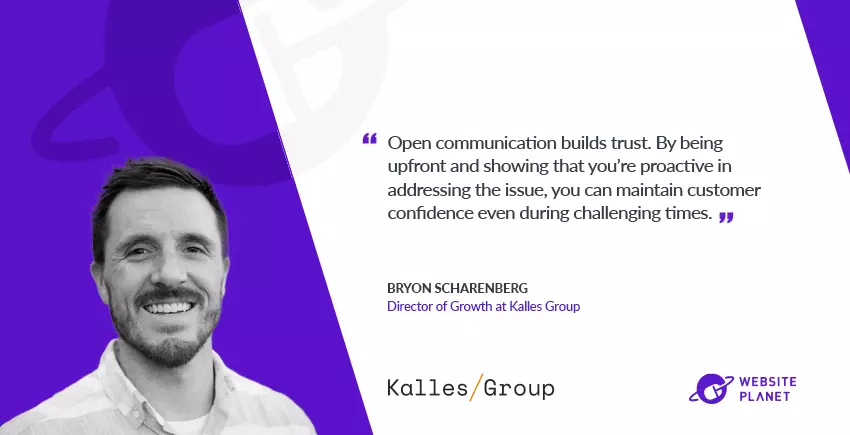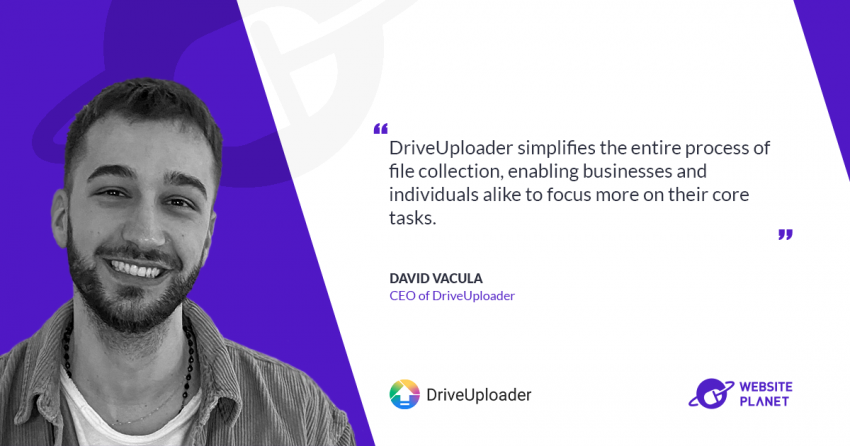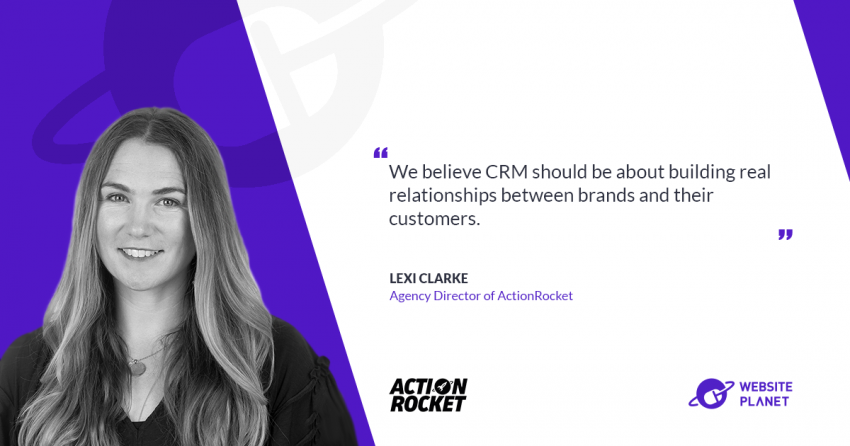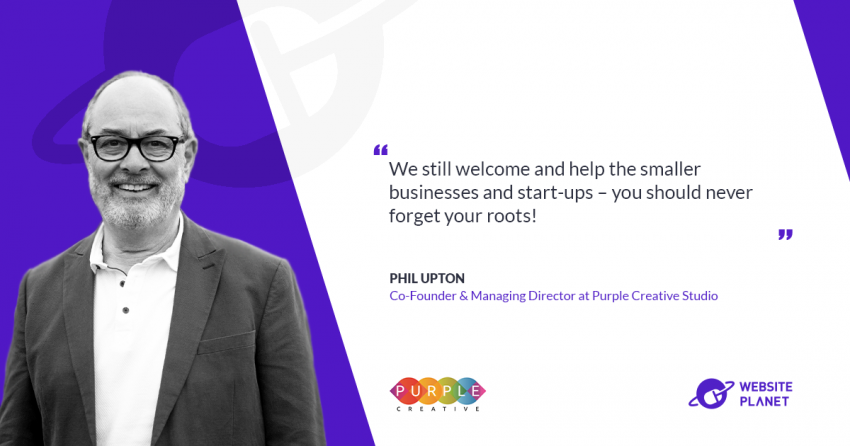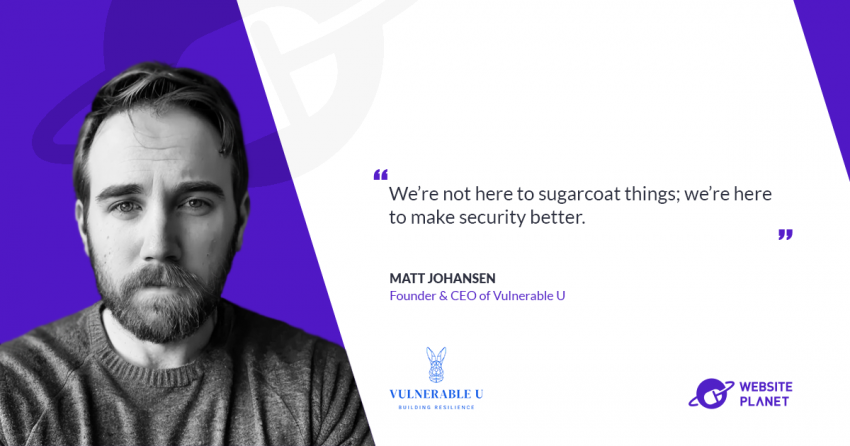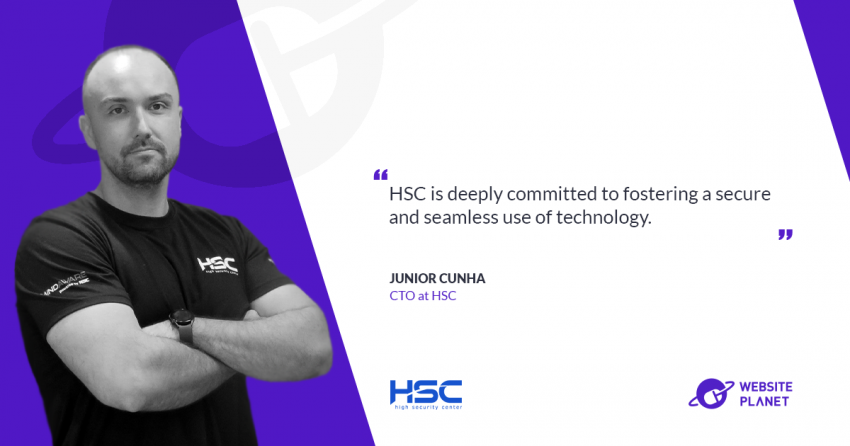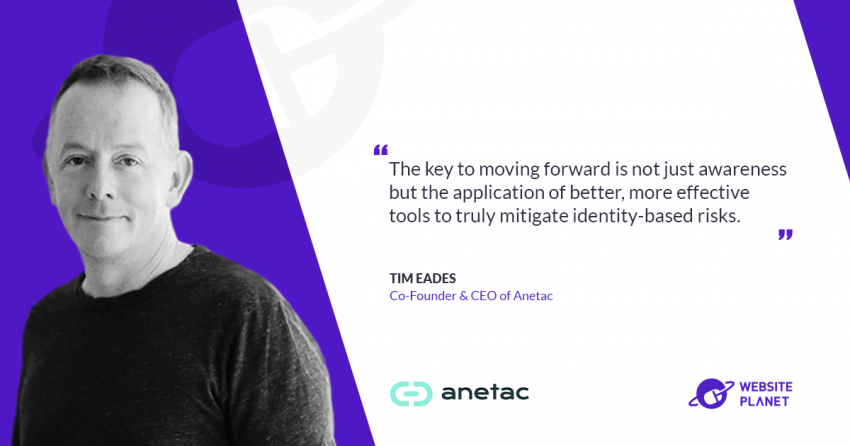To kick things off, tell us about you and what you do with your company.
I’m Bryon from Kalles Group. While I may not be the technical expert, I work alongside a fantastic team dedicated to helping businesses navigate the complex world of cybersecurity. At Kalles Group, we’re passionate about empowering organizations to protect their organization, without getting lost in the weeds of technical or security specifics. We believe in making security accessible and realistic for everyone.For website owners just starting out on a budget, what are the security and compliance measures they should implement from day one, and why?
One of the most practical security steps you can take to secure your website is to choose a reputable web hosting provider. Make sure that your provider offers these critical security features:- SSL/TLS Certificates
SSL certificates encrypt data flowing between your site and its visitors. This keeps sensitive information, like passwords and payment details, safe from anyone who might be trying to steal it. Think of it as locking up personal info so it doesn’t fall into the wrong hands. - DDoS Protection
Imagine a bunch of fake visitors flooding your site to crash it. That’s a DDoS attack. Quality hosting blocks this type of attack, keeping your site up and running smoothly, even when it’s under pressure. - Web Application Firewall (WAF)
A WAF acts like a security filter for your site’s traffic, blocking harmful requests. This layer of protection is crucial for keeping your site safe from hackers trying to sneak in through common attacks. - Malware Scanning and Removal
Regular scans look for malware on your site, alerting you if anything suspicious shows up. This quick response lets you remove any harmful software before it can cause damage, keeping your site clean and secure for visitors. - Automatic Backups
Backups save copies of your site, so if anything goes wrong, you have a fresh version ready to restore. Daily or weekly backups are ideal since they let you go back to a recent version instead of rebuilding everything from scratch. - Two-Factor Authentication (2FA) for Admin Access
2FA means you’ll use two steps (like a password and a code) to log in. Even if someone finds your password, they still can’t access your account without that second piece of information. - Isolated Server Environments
With isolated environments, your site stays separate from others on the same server. If another site gets hacked, your website stays safe. Think of it like having your own apartment in a secured building. - Secure File Transfer Protocol (SFTP)
SFTP encrypts any files you upload to your website, protecting them from hackers. It’s like putting sensitive info in a locked envelope rather than an open bag. - Account-Level and Network-Level Firewalls
Firewalls work as guards for your site, blocking harmful traffic. A firewall at both the account and network levels provides multiple layers of security, stopping threats before they reach you. - Operating System and Software Updates
Updated systems and software mean you get the latest security protections. Good hosting providers keep their infrastructure up-to-date so your site isn’t vulnerable to old security risks. - 24/7 Security Monitoring
Continuous monitoring means your hosting provider keeps an eye on things around the clock. This way, any suspicious activity can be spotted quickly, minimizing the impact on your site. - Access Control and Permissions
This feature allows you to decide who can access different parts of your website. You can keep sensitive areas locked down, limiting access to only trusted people. - Intrusion Detection and Prevention Systems (IDS/IPS)
IDS/IPS systems keep an eye out for unauthorized access attempts and can block suspicious activity automatically. This acts like an alarm system for your site. - Data Center Security and Compliance
Physical security is just as important as digital. A secure data center protects your website’s server from physical threats. Compliance with data laws, like GDPR, shows the host respects privacy and keeps data secure. - Uptime Guarantee and Incident Response Support
An uptime guarantee means your site is available nearly all the time, so you don’t lose visitors. Fast support during incidents also means help is on hand to fix any issues quickly.
What are some often overlooked mistakes to avoid at all costs?
A common mistake is assuming that once you’ve set up your website, you can forget about security. All software has potential flaws that hackers look to exploit. Updates usually include patches to cover these weak spots, but if you skip them you’re leaving the door unlocked for hackers. Moreover, old software is more likely to cause crashes or errors, which can frustrate your visitors and make your site unreliable. Security is an ongoing process. Even with a good hosting provider, it’s crucial to keep your website’s software, plugins, and themes updated to patch any vulnerabilities. Turn on automatic updates (many content management systems (CMS) and hosting providers offer this), check for updates regularly, always create a backup before any major update, and only use plugins and themes from trusted sources. Another oversight is neglecting user access controls. A report by IBM revealed that the global average cost of a data breach in 2024 is $4,88M—10% more than in 2023––whereas around 70% of organizations with effective access control measures report fewer than five major security incidents annually. Ensure that only trusted individuals have administrative access to your site, and regularly review those permissions. These steps might seem small but can make a significant difference in safeguarding your site.Once the initial settings are in place, what should website owners look for during security audits, and what tools or resources can make the audit process easier for those without a tech background?
Even if you’re not tech-savvy, keeping an eye on your website’s health is important. Look for unusual activities like unexpected spikes in traffic, strange comments, or any changes you didn’t make yourself. Many hosting providers offer user-friendly dashboards that highlight key metrics and alerts. There are also intuitive security plugins and third-party tools that provide easy-to-understand reports and recommendations. The goal is to stay engaged with your site’s security without feeling overwhelmed.Is there an ideal ‘response protocol’ that you recommend for website owners, and how can they manage customer trust and transparency when an incident occurs?
Here’s a simple response plan that I suggest:- Reach Out to an expert: Your hosting provider could be step #1 for immediate assistance. But some cases require an expert in incident response (like Kalles Group or another security partner). Knowing who to call in advance will be a huge help.
- Communicate with Your Users: Transparency is key. Let your customers know what’s happened and what steps you’re taking to fix it.
- Review and Update: After resolving the issue, assess what went wrong and how to prevent it in the future.
In your experience, are there early signs of security issues that most website owners miss?
Subtle changes like your website loading slower than usual, unfamiliar files appearing, or new admin accounts being created can be early warning signs. It’s easy to dismiss these as technical glitches, but they could indicate a security problem. Regularly monitoring your website and staying in touch with your hosting provider can help you catch these issues before they escalate.Are there any emerging security technologies or trends that website owners should start paying attention to now? What do you suggest to get ready for these changes?
One trend to watch is the increasing accessibility of AI-driven security tools, which can help detect and prevent threats more efficiently. To prepare, I’d recommend:- Staying Informed: Subscribe to newsletters or blogs from your hosting provider or trusted cybersecurity organizations.
- Continuous Learning: Take advantage of resources that help demystify cybersecurity concepts.
- Leveraging Provider Services: Often, hosting providers will roll out new security features—don’t hesitate to adopt them.
To wrap up, is there a piece of common wisdom regarding website security that you wish to dispel ASAP? What does reality look like?
The myth I’d like to dispel is that “small websites aren’t targets for cyberattacks.” Attackers often use automated tools to scan for vulnerabilities across the internet, regardless of a site’s size or traffic. No website is too small to be a target. It’s important to implement basic security measures and stay vigilant. Security isn’t a one-time setup but an ongoing effort to protect your assets and your users.How to connect with Kalles Group
Website: www.kallesgroup.com LinkedIn: Kalles Group X (Twitter): @KallesGroup Feel free to reach out—we’re always happy to chat about how to make cybersecurity more approachable for everyone. Data sources:https://www.ibm.com/reports/data-breach
https://www.asisonline.org/globalassets/publications-and-resources/security-issues-research/2023-24/access-control/asis-2023-access-control-research-report.pdf
